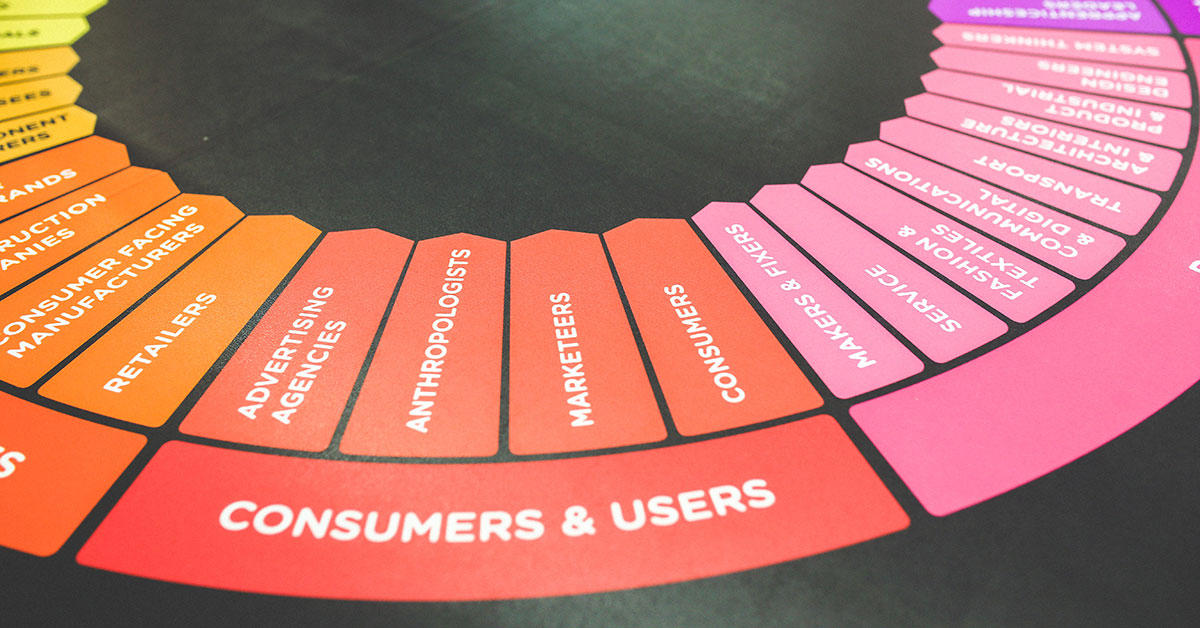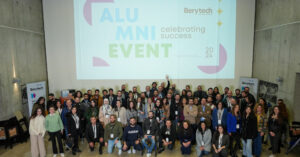 There’s some homework that you need to do before developing any new idea, product, service, or platform. You need to start by understanding your audience, validating your problem, and making sure you deliver and keep on delivering value to your customers. This is why User Experience (UX) design is so important. It connects your business goals to your users’ needs and pain points. It involves researching, prototyping, testing and enhancing their experience to make your product better. Happy users and customers keep coming back, which means more engagement and definitely more revenue for your business.
There’s some homework that you need to do before developing any new idea, product, service, or platform. You need to start by understanding your audience, validating your problem, and making sure you deliver and keep on delivering value to your customers. This is why User Experience (UX) design is so important. It connects your business goals to your users’ needs and pain points. It involves researching, prototyping, testing and enhancing their experience to make your product better. Happy users and customers keep coming back, which means more engagement and definitely more revenue for your business.
In theory, an innovative idea and an attractive design should bring initial success to a new product or service. Once you launch, some users will fall in love with what you’re offering, believe in its benefits, and download or buy it, making you think that you’ve succeeded.
But give it a couple of days, and reassess a few things: what’s the repeat purchase frequency? What’s the product recommendation rate?
It’s true that people love to invest in novelty and they love a pretty product even more. But what is it that they want?
In reality, people want what feels like a personalized invention that fulfills their needs and addresses their pain points. Once the novelty wears off, you should ask yourself: will my clients come back again? Will they do more? Will they refer me to others?
To make sure that they do all of the above, you need to nail your UX process. The following 10 tips will help you do just that.
You are not the user
We generally tend to overlook how differently people behave when using the same product. People are different. They have different backgrounds and different outlooks, and they use products for different reasons. Some of them need us, some don’t believe in us, some are in a hurry, and some have used similar products before.
Yes, it’s not easy to get out of our own selves, to generalize and diversify our assumptions. But that’s exactly what you need to do: to try and empathize with your users and understand on a deeper level what they really want.
It’s actually easier than it sounds. Start by developing User Personas, Empathy, and Customer Journey maps, and keep validating them at every step of the way.
Start with the problem
We often fall into the trap of thinking we need to create a solution first, when in fact we need to start by clearly and tangibly identifying the problem. Only then can we proceed to brainstorm and create solutions.
Make sure you have an actual, real-world problem. This is not only to attract your investors’ attention, but to also offer your developers and designers a firmer ground to build on, and of course to benefit your users on a larger scale.
Don’t Just Validate Your Designs, Test Them
We often tend to justify and explain what our products are or what they do. Remember that you are not always holding your users’ hands and guiding them. Eventually, they’ll need to venture out on their own. The trick unfolds by collecting as few as 5 random users, and having them test, use and interpret your product under your watch.
See them navigate, note their struggles, but most importantly, listen to their feedback and insights. Don’t try to convince them that your product is great; let them play and figure that out on their own.
Focus On The Emotions
What do you want your users to feel after they’ve used your product? That’s a crucial question that you should keep asking yourself whenever you’re working on a new idea or product. The spectrum of human emotions is huge, and a product’s effectiveness is measured by the types of emotions it generates.
Always think: what do I want my customer to feel when they land on my page? Happy, safe, smart…? Once you’ve answered that question, you can start to think of the messages, steps or processes you need to implement in order to evoke that specific emotion. And trust me, colors, design, or aesthetics have no place here!
User experience is a feeling, and to nail your UX, you should know the specific feeling you want to convey to your users.
You Don’t Have To Get It Right The First Time
Research is great, but too much research can cost you more than launching a product would. Many companies embark on a quest to launch the perfect product, only to end up launching it too late.
The trick is to hit the market as soon as you can, and tweak and enhance your product progressively once you’ve gathered some customer insights. Let your users define your roadmap and the next steps. You don’t need to know it all from the moment you start developing your idea.
User Experience Design Is Not Just Another Step In The Process
Some assume that they need to design the UX only once and then they’re “good to go”. The truth is, UX never stops or ends; it’s a continuous process.
UX is always growing, expanding and evolving. Your users will need more, they will grow, and there will be better offers, more players, and new products. As such, you need to know how to keep your users interested and engaged. You need to constantly reevaluate their needs, inject new ideas, and enhance your product.
Users Forget
One of the most important concepts in usability is recognition – not recall, as per popular belief. Keep in mind that yours isn’t the only product available to your users. They’re exposed to a multitude of offers and brands that could steal them away in a heartbeat. So unless you manage to create a product that entirely facilitates their lives, every single day, your users will forget you. Therefore, it is essential to focus on making sure that every interaction with your product is easy, recognizable and memorable for your users.
Get Inspired By Existing Products
Many designers think that to be more creative and innovative, they need to reinvent the wheel and create new and sophisticated interactions. Creativity is not only doing things that are different.
At times, creativity lies in simply reinventing an existing interaction by making it more engaging and usable. Do your research and understand how and why users use competitive products. The more you refer to interactions and experiences they’re already familiar with, the more equipped you are to create a seamless experience.
Content Is King
Unfortunately, people don’t read much online. Their attention span is extremely short and they get bored pretty quickly. However, it’s important to acknowledge the few who might actually click on that “about us” or “learn more” section, and to offer them clear, straightforward, and grammatically correct content. Make sure that all writing on your website is concise and clearly explains what should happen next.
Have Fun
UX is fun! Talking to people, learning from them, and subtly unearthing their pains can be hugely rewarding. Creating a solution and realizing that you’ve actually solved a problem is the height of self-satisfaction. So please be sure to enjoy the journey and learn from your users. They will give you great insights and ideas on how to make your product valid and viable for an extended period of time.
 /About the writer/
/About the writer/
Lara Chikhani is a User Experience (UX) Designer and Digital Strategist. She is focused on helping entrepreneurs design and build better products. For the past decade, Lara has worked with various development teams, startups and agencies as a Lead UX Consultant. Her projects vary from propelling startups to building digital strategies for SMEs and larger enterprises.
Lara holds a Bachelor Degree in Computer Science from the American University of Beirut and a certificate in UX Management from Nielsen Norman Group.







